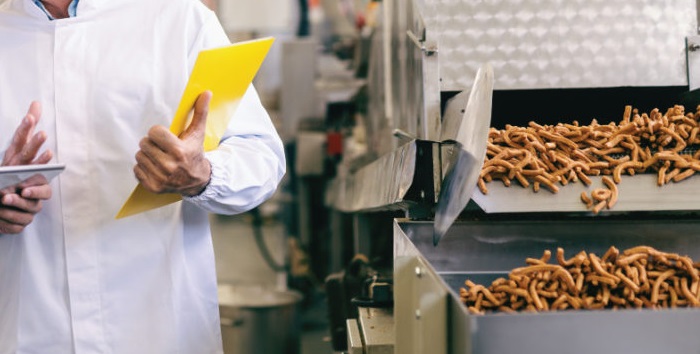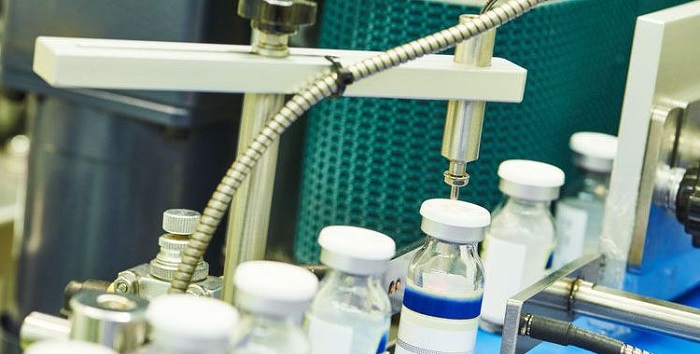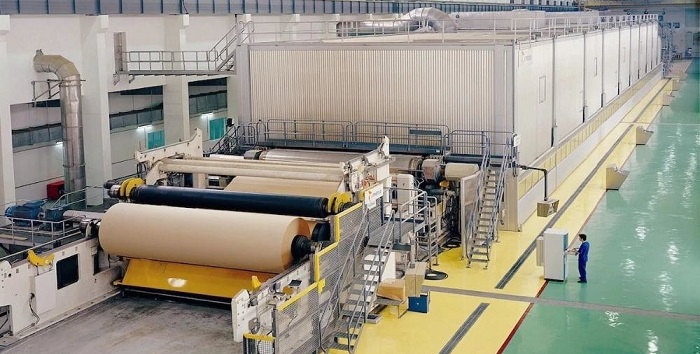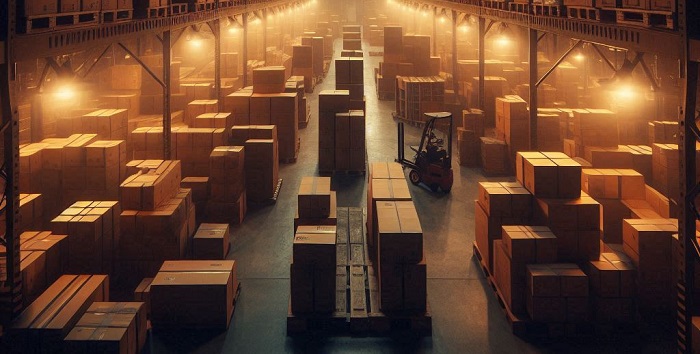FXENVIRONMENTAL
THE SYSTEM PRESENTS ALL DATA WITH GRAPHICAL, AND STATISTICAL AIDS, IMMEDIATELY TRANSFORMING THEM INTO VALUABLE INFORMATION USEFUL FOR DECISION MAKING.
IT IS EASY TO USE AND CONSOLIDATES ALL ENVIRONMENTAL PROCESS INFORMATION IN ONE PLACE.
MEETING THE CHANGING REQUIREMENTS OF REGULATIONS AND THE MARKET.
SYSTEM FOR
CAPTURE
AND
ANALYSIS
OF ENVIRONMENTAL INFORMATION FOR THE INDUSTRY IN
REAL TIME.
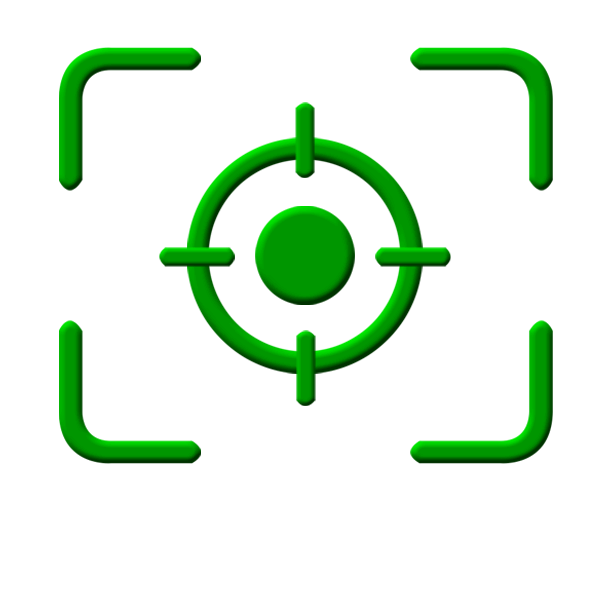
Capture
Acquire environmental data through the equipment or provided by the operator manually.

Analyze
Analyze your processes with reports & graphs, and measure the effect of improvements in the plant.

Any Device
Access all environmental data from anywhere and at anytime. (SmartTV, PC, Tablet and SmartPhone)
INSTALL OUR SOFTWARE ON YOUR PRODUCTION LINES AND GAIN A COMPREHENSIVE VIEW OF ALL THE ENVIRONMENTAL INFORMATION FOR THE PLANT.
OUR SOFTWARE
RealTime Information
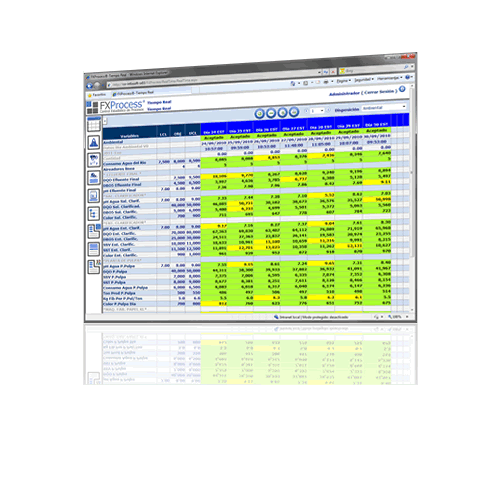


HOW DOES IT WORK?
Create your
Processes, product materials and variable names.
-- Step -- 1
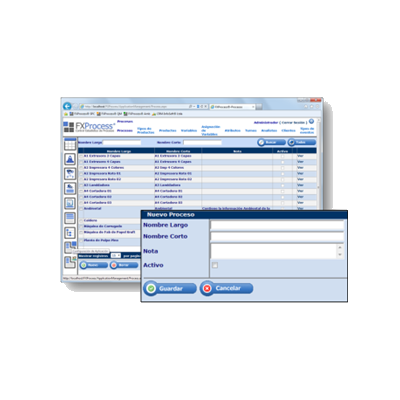
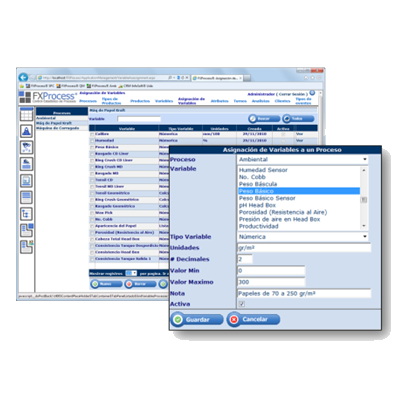
Assign variables to a process, select variable type, range and units.
-- Step -- 2
Prepare the product or material specification (Formulation), in this stage the control and rejection limits of the variables are added.
-- Step -- 3
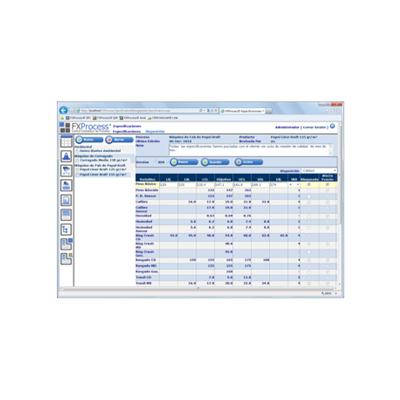

Start the real-time module and create an event. This event contains the variables and specifications for the process.
-- Step -- 4
STEPS FOR IMPLEMENTATION
• Define your project goals and scope related to environmental information recording.
• Identify which equipment and processes you want to monitor.
• Assess the impact of each metric/process on overall environmental management.
Evaluate available hardware options (e.g., sensors, data loggers) compatible with the project requirements.
• Sensors: Place and configure sensors on selected equipment.
• Relays in case of taking signals from PLC or machine electronics.
• Network points.
• Power points. (110V/220V)
• Adjust the software according to the specific needs of environmental data recording.
• Customize configurations to ensure compatibility with the selected equipment and environmental metrics.
NAME OF:
• Processes.
• Types of Stops or Losses.
• Stop or Loss Groups.
• Operators.
• Products and Machine Speeds.
• Ranges and Limits.
• Shifts.
• Train staff to operate the software and interpret the generated environmental data.
• Provide manuals and additional resources for ongoing support and proficiency.
RAW MATERIAL, CHEMICAL CONSUMPTION, PRODUCTION, ETC
• Operators & Machine Heads.
• Shift Supervisors, Maintenance Supervisors, and Environmental Technicians.
• Process Engineers, Plant Coordinators & Superintendents.
• General Management, Controllers, and Plant Managers.
WEBSERVICES & OTHERS
• Initially order information can be handled using CSV or Excel files.
• Webservices & Custom Connectors.
• Database integration (Link to query).
• Microsoft Dynamics Connector, Microsoft Power BI, Microsoft Azure Logic Apps & Others.
• SAP PI/PO, SAP Cloud Platform Integration, SAP Web Services & Others.
• Oracle Database Links, Oracle Integration Cloud, Oracle Data Integrator (ODI) & Others.
• Conduct thorough testing of the system to ensure proper functionality.
• Make necessary adjustments based on the test results.
• Implement a continuous improvement process to optimize the system's operation and adapt to changing environmental regulations and needs.
• Continue monitoring data and adjusting to improve efficiency over time.
RESULTS OF OUR CLIENTS
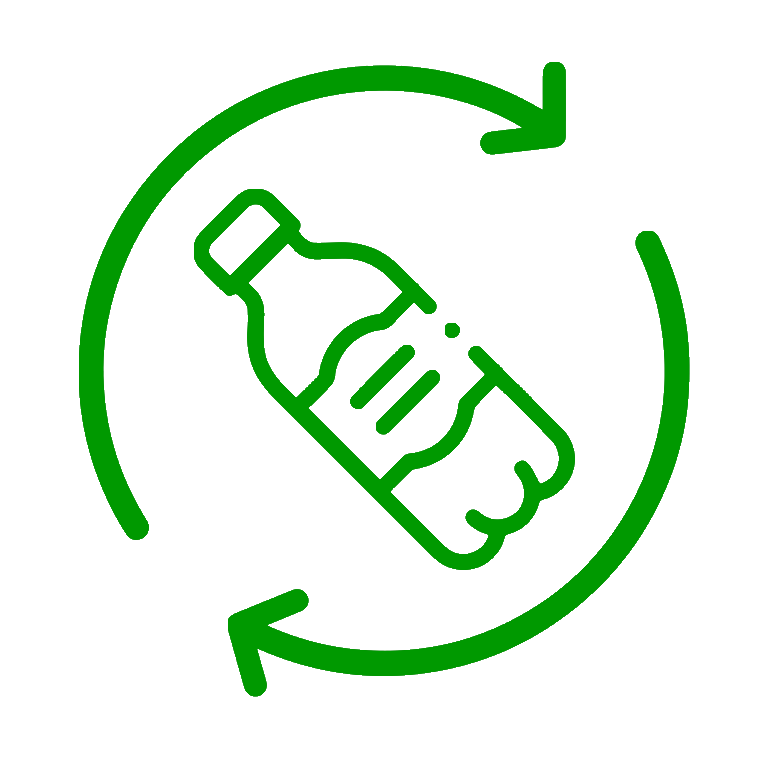 Tons of Materials Recovered and Savings from the Optimization of Chemicals in Processes
Tons of Materials Recovered and Savings from the Optimization of Chemicals in Processes
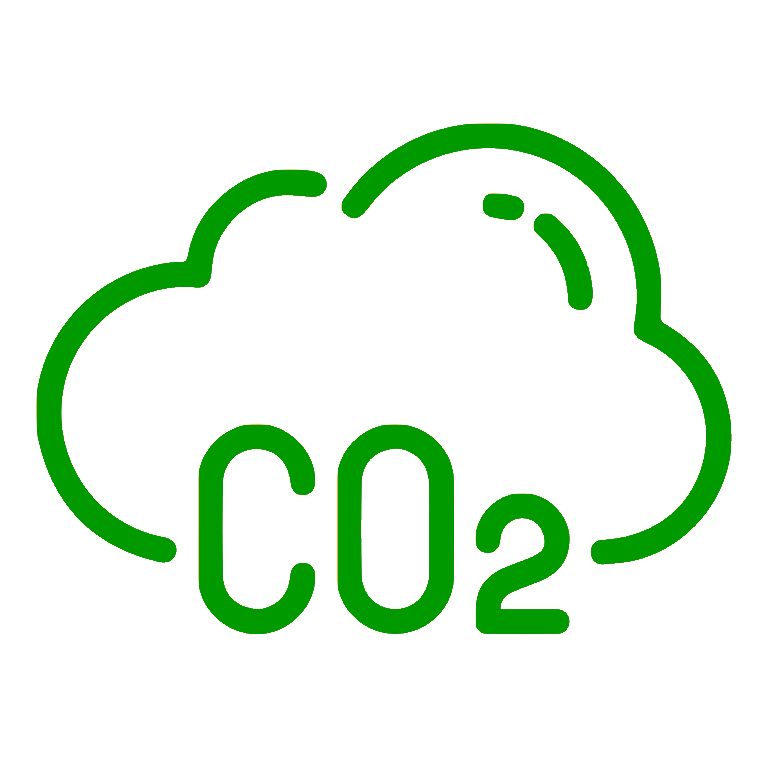 Kilograms of Co2 Equivalent not Emitted through the use of Recovered Materials.
Kilograms of Co2 Equivalent not Emitted through the use of Recovered Materials.
 Energy Savings(kWh) Resulting from the use of Recovered Materials as Raw Materials.
Energy Savings(kWh) Resulting from the use of Recovered Materials as Raw Materials.
 CO2 Absorption Kilograms. By Avoiding Cutting Down Trees.
CO2 Absorption Kilograms. By Avoiding Cutting Down Trees.
Get in touch
Say hello








